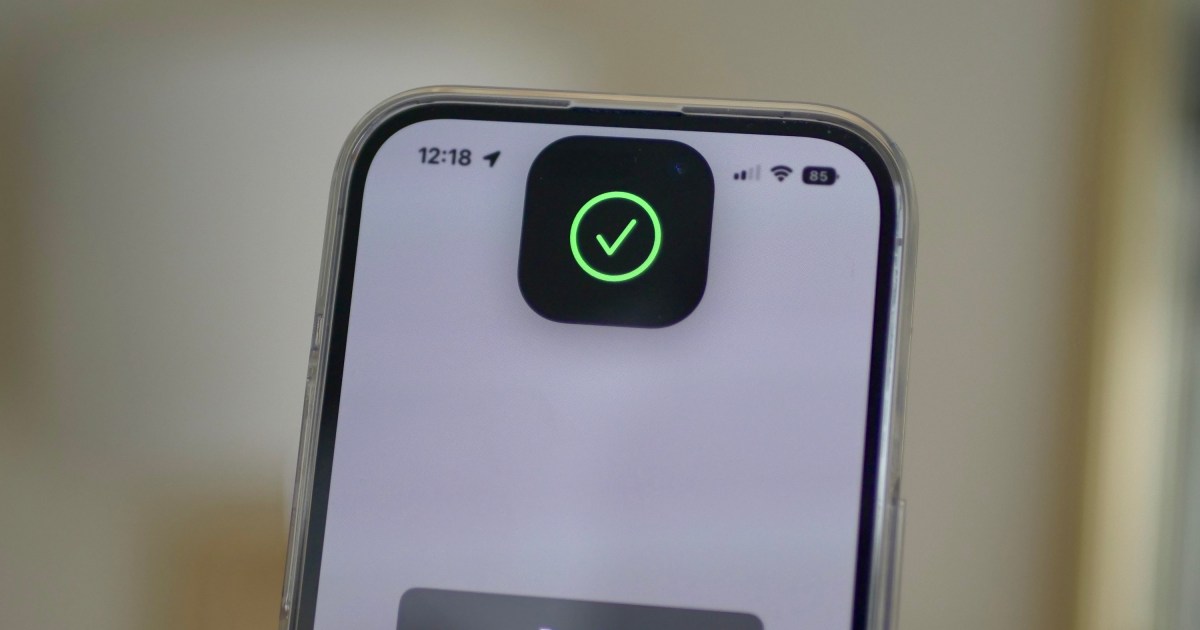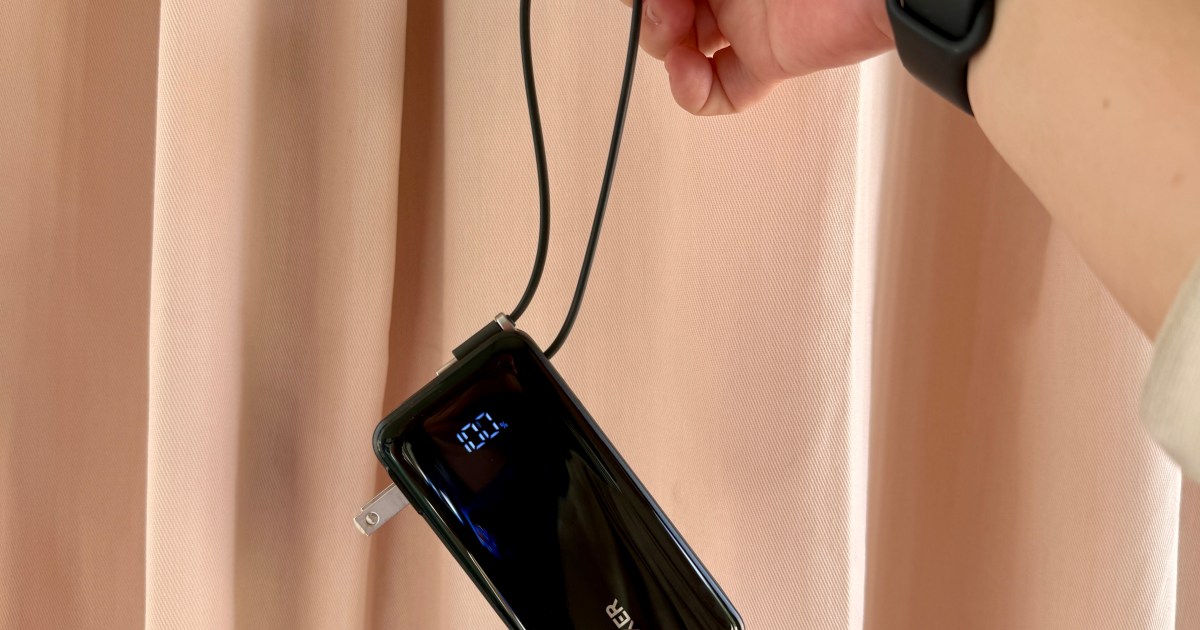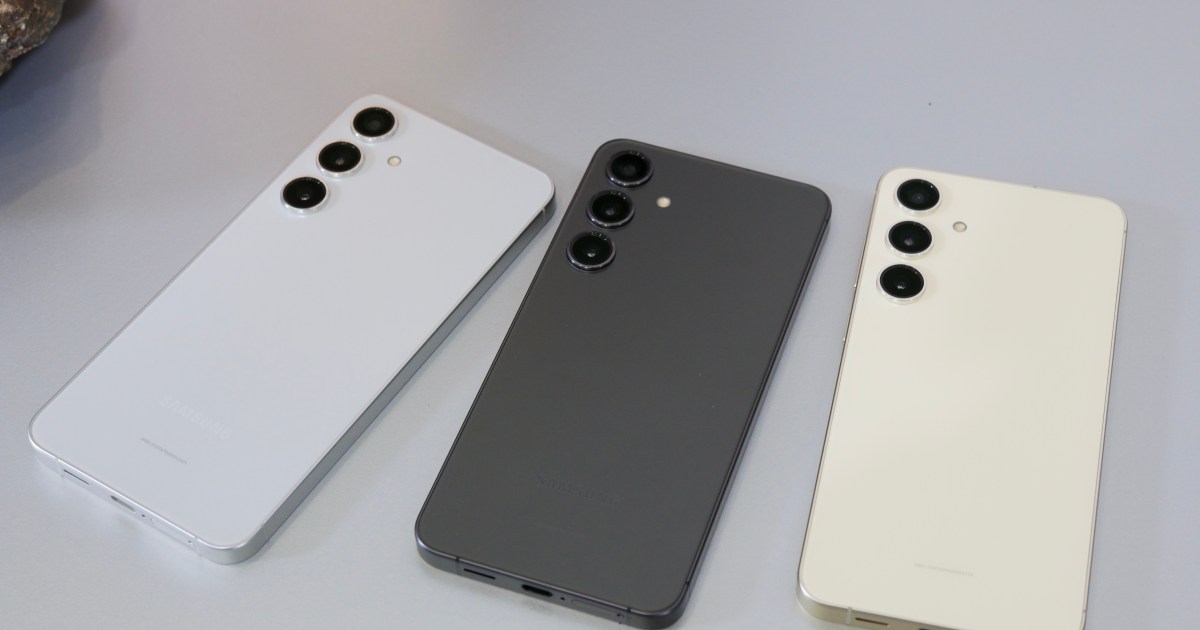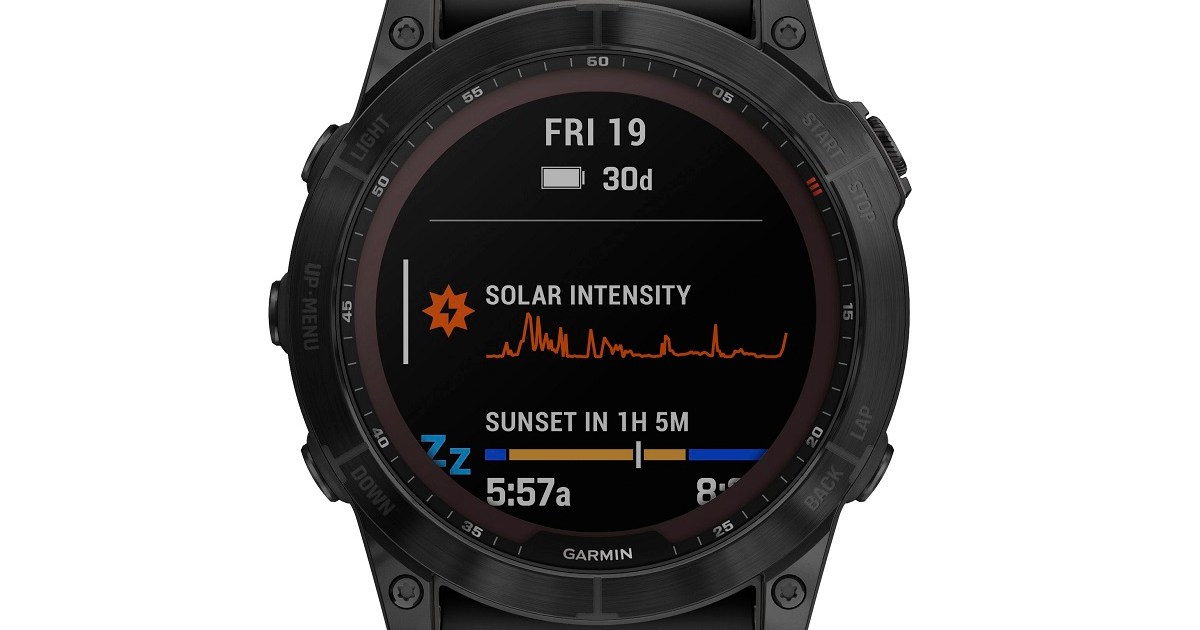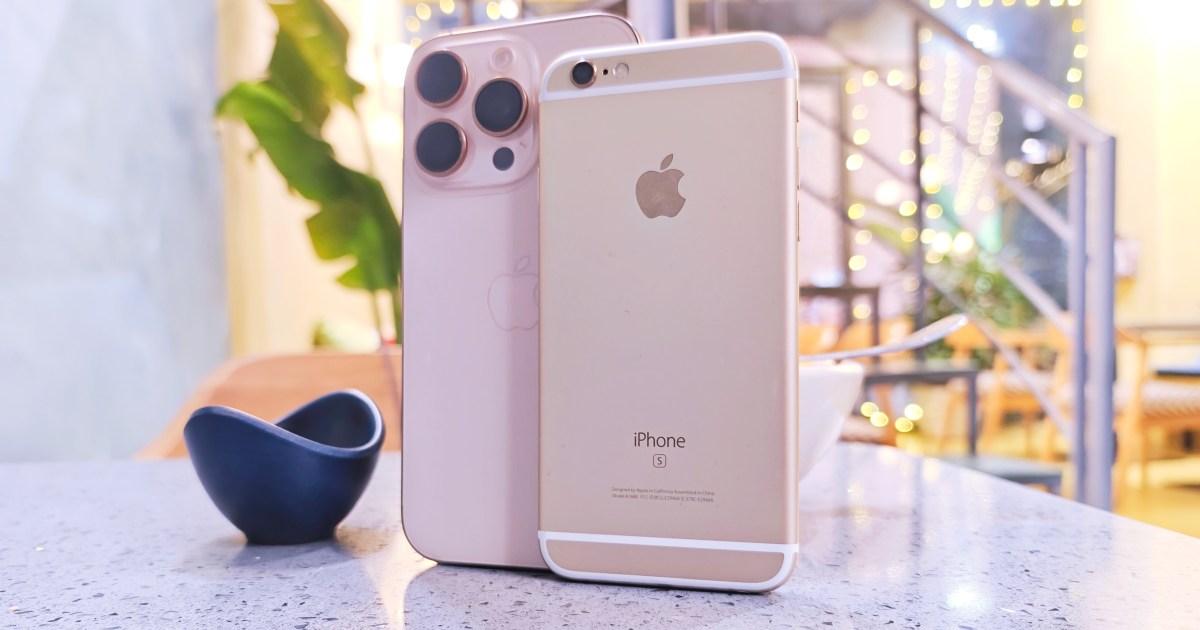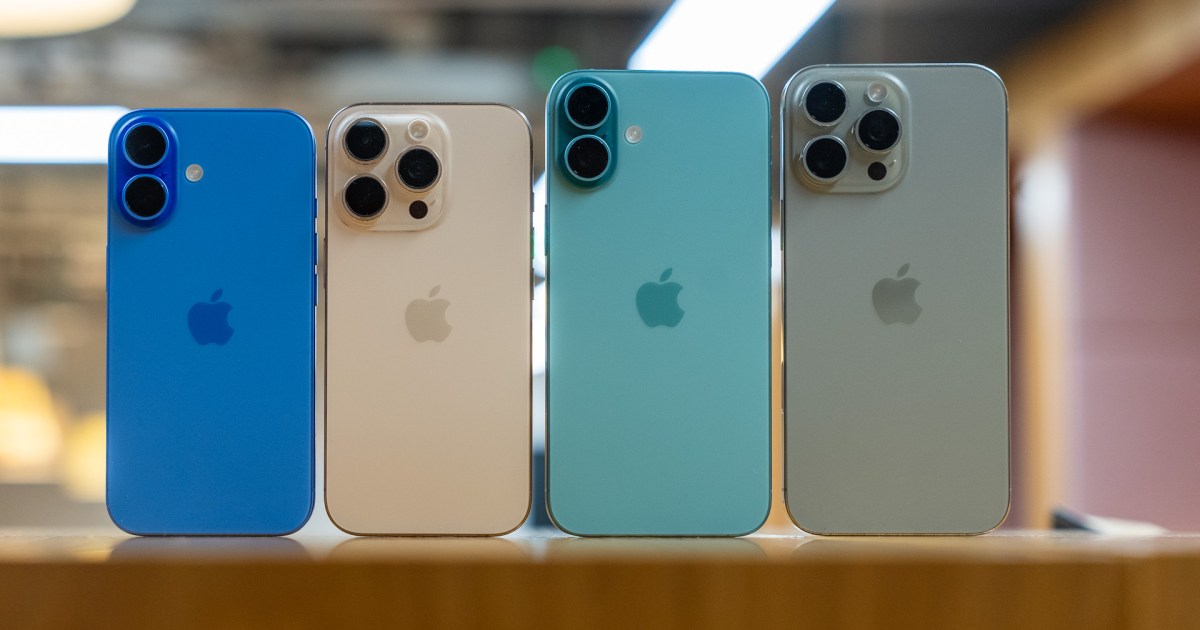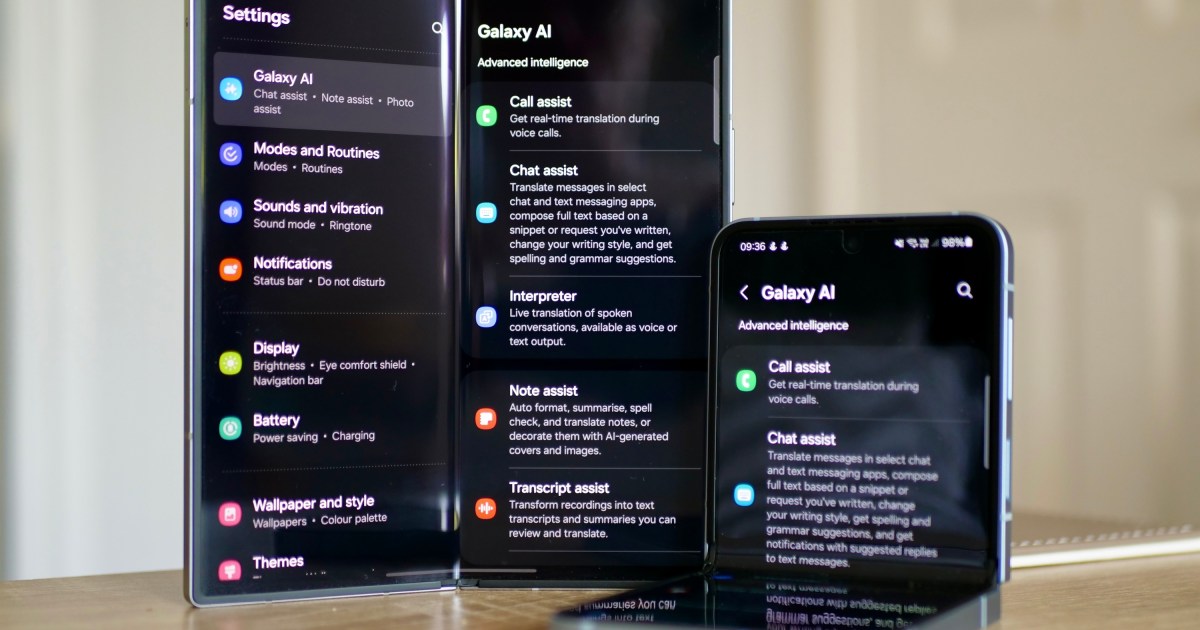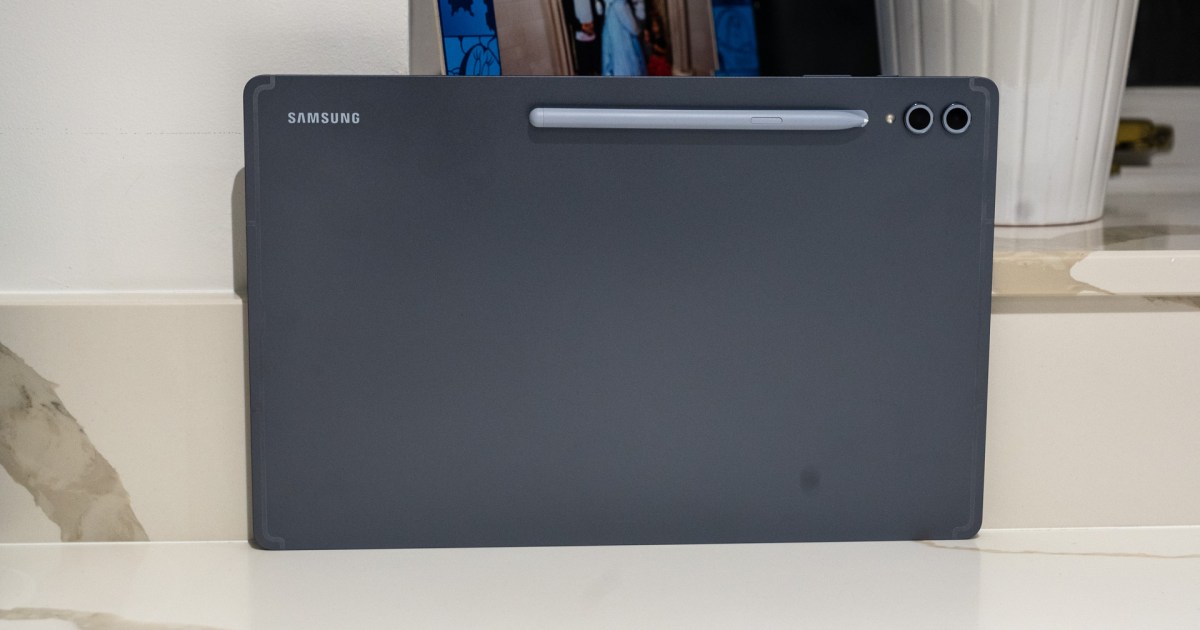Apple has long been rumored to be working on integrating Face ID technology directly into the iPhone display. A newly granted U.S. patent detailing this technology has reignited speculation, suggesting the feature could debut in the iPhone 17 series, expected in 2025. This potential breakthrough could finally eliminate the notch/pill cutout that has housed the TrueDepth camera system since the iPhone X.
The patent, reported by Patently Apple, describes a complex method for positioning cameras and other sensors beneath an active display area. This innovation directly addresses the notch’s intrusion on screen real estate, as acknowledged in the patent itself: “Such a placement … saves display area, as otherwise the source would have to be placed in a notch area … (utilized for other devices, for example cameras and other radiation sensors), thus enlarging the notch and consequently reducing the useful area of display.”
 Under-display Face ID components.
Under-display Face ID components.
Introduced in 2017 with the iPhone X, the notch houses the TrueDepth camera system essential for Face ID and the front-facing camera. While functionally necessary, the notch has been a persistent design challenge, interrupting the clean lines of the display. Apple has made incremental improvements, shrinking the notch and introducing the Dynamic Island on the iPhone 14 Pro for added interactivity. However, its complete removal has remained a highly anticipated development.
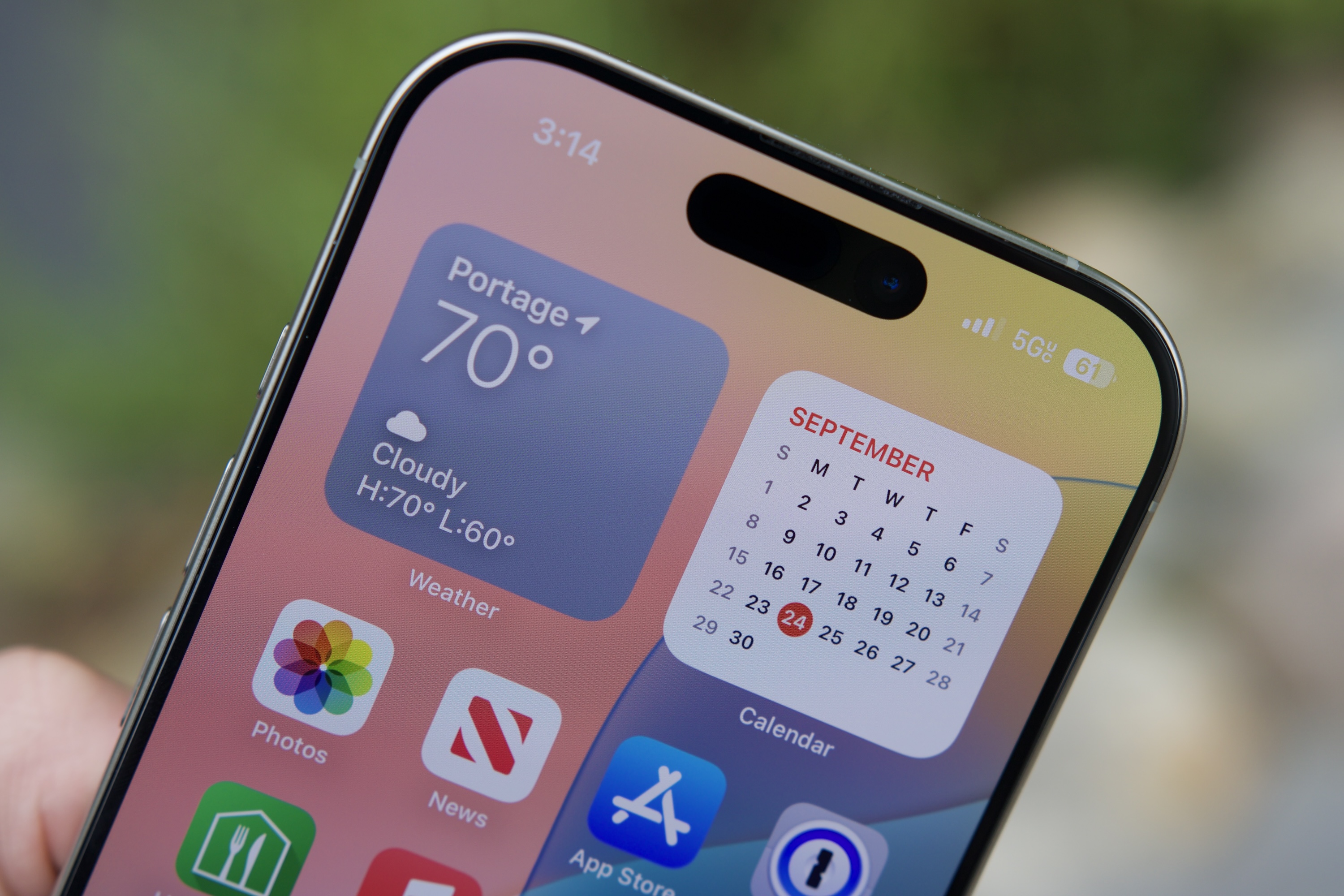 Dynamic Island on iPhone 16 Pro.
Dynamic Island on iPhone 16 Pro.
Recent rumors have hinted at further notch reductions for the iPhone 17, iPhone 17 Pro, and iPhone 17 Pro Max. However, this new patent points toward a more radical change. Speculation suggests the rumored “iPhone Air,” a potential new premium model, could be the first to feature under-display Face ID. This would represent a significant design leap, achieving a truly seamless display.
Such a design shift might involve replacing the notch with a small, unobtrusive camera hole, similar to designs seen on competing smartphones. This approach aligns with the industry-wide trend of maximizing screen space, offering a more immersive viewing experience. By eliminating the notch entirely, Apple could deliver a cleaner, more modern aesthetic.
The iPhone 17 series is expected to be announced in September 2025. Until then, rumors and speculation will undoubtedly continue to circulate. Whether the “iPhone Air” or another model leads the charge, the prospect of under-display Face ID marks a potentially exciting evolution in iPhone design.



